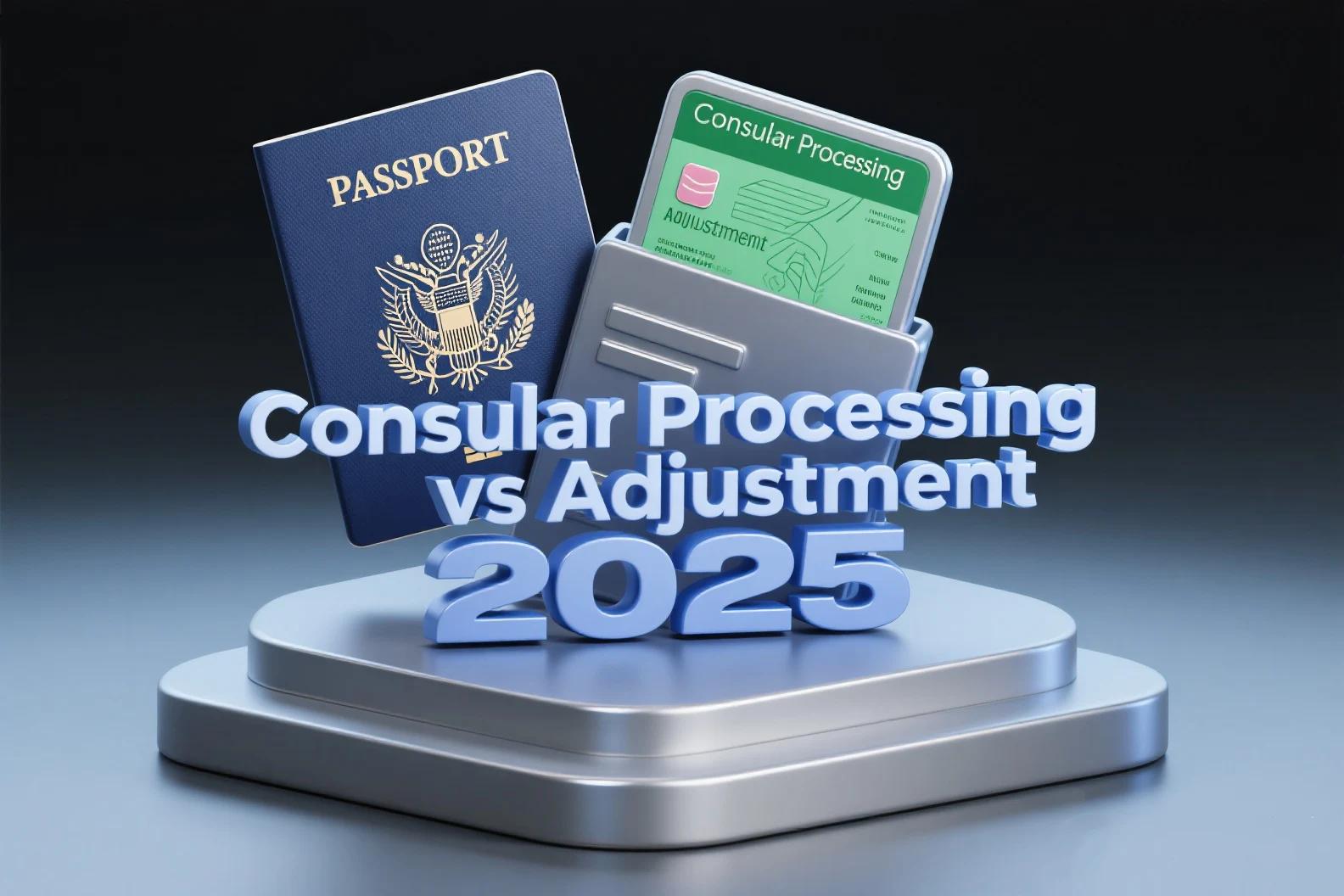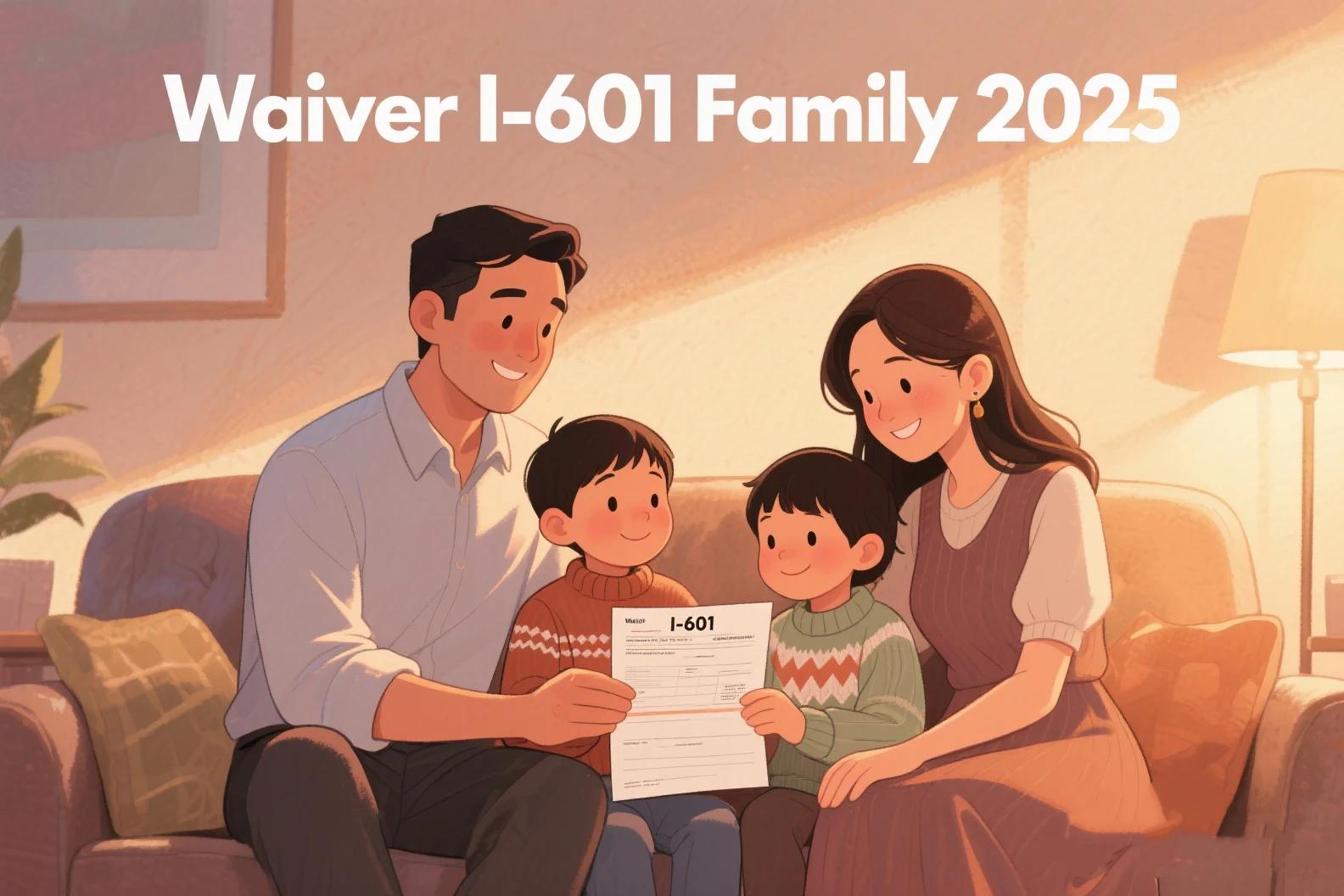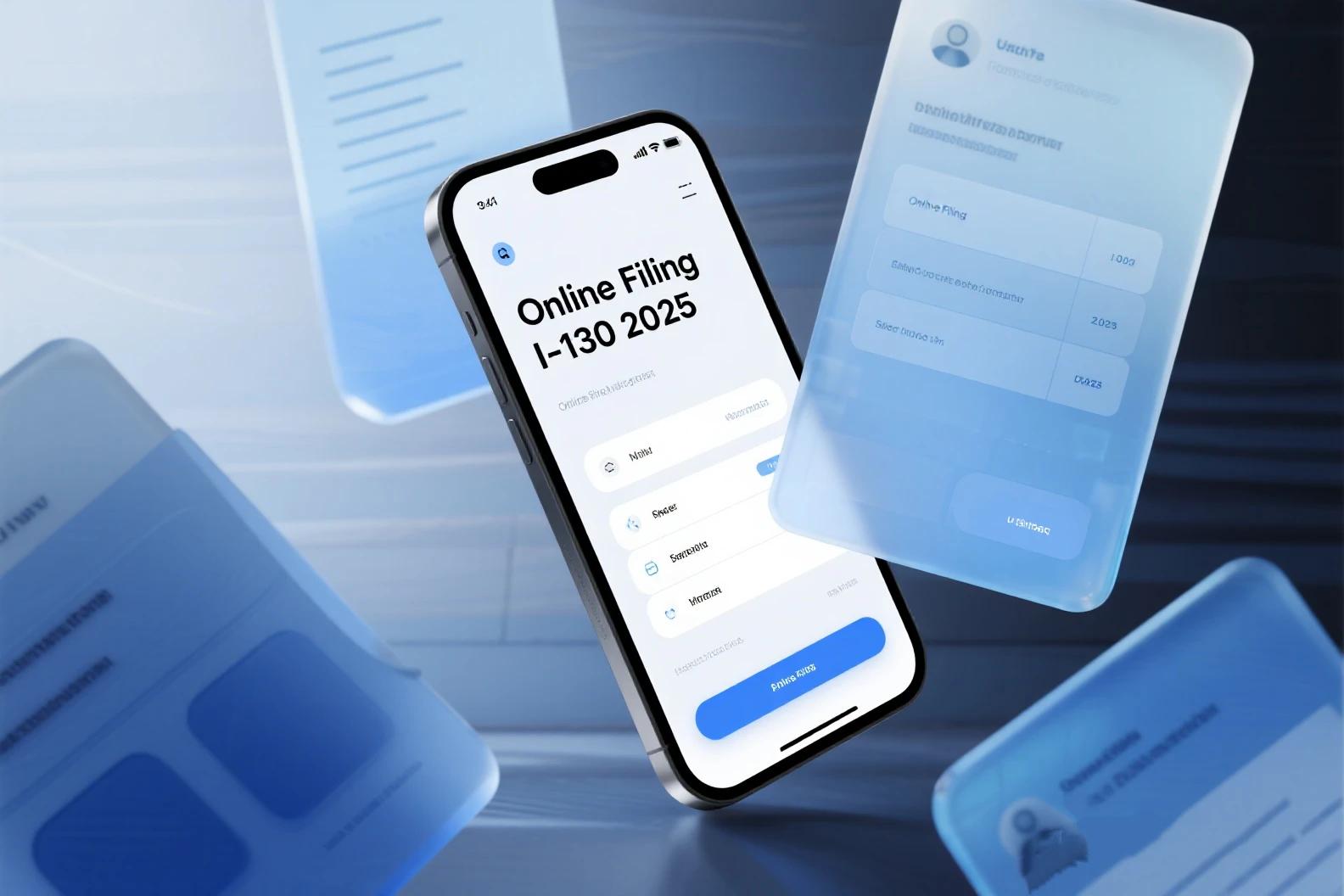Family-Based Immigration
Reuniting Families Across Borders
What is Family-Based Immigration?
Family-based immigration is a powerful pathway that allows U.S. citizens and lawful permanent residents (green card holders) to bring close relatives to live and work in the United States. This category emphasizes family unity and is one of the most common immigration routes.
Who can apply?
U.S. citizens sponsoring spouses, children, parents, and siblings
Green card holders sponsoring spouses and unmarried children
Key Benefits
Path to permanent residency and citizenship
Work authorization in the United States
Access to education and healthcare
Ability to travel in and out of the U.S.
Types of Family-Based Visas
Immediate Relative (IR) Visas
Unlimited yearly quota
IR-1: Spouse of U.S. citizen
For legally married spouses of U.S. citizens
IR-2: Unmarried child under 21 of U.S. citizen
Includes biological, adopted, and stepchildren
IR-5: Parent of U.S. citizen (21+)
U.S. citizen must be at least 21 years old to sponsor parents
Family Preference Visas (F)
Limited annual cap
F1: Unmarried adult children of U.S. citizens
For sons and daughters 21 years or older
F2A/B: Spouses and children of green card holders
F2A: Spouses and children under 21
F2B: Unmarried children 21 years or older
F3: Married children of U.S. citizens
Includes their spouses and minor children
F4: Siblings of U.S. citizens
U.S. citizen must be at least 21 years old to sponsor siblings
Family Immigration in Numbers
65%
of all green cards issued annually are through family-based immigration
700,000+
family-sponsored immigrants admitted in recent years
Top Countries of Origin for Family-Based Immigration
Mexico
Philippines
China
India
More questions about Family-Based Immigration? We have answers
We break down Family-Based Immigration so you don't have to: See all Family-Based Immigration resources.
Common FAQs
Processing times vary significantly based on visa category and country of origin:
Immediate relatives (IR): Generally 12-18 months
Family preference categories: Can range from 2-5 years for F2A to over 20 years for F4 from certain countries
USCIS and Department of State processing times are updated regularly and can change based on application volume and policy changes.
Yes, U.S. citizens (but not green card holders) can sponsor fiancé(e)s through the K-1 visa program. This allows your fiancé(e) to enter the U.S. for 90 days, during which you must marry. After marriage, they can apply for adjustment of status to become a permanent resident.
The K-1 visa requires proof of:
A genuine relationship
Meeting in person within the past 2 years (with limited exceptions)
Intent to marry within 90 days of arrival
This is a complex situation that requires careful legal consideration. Undocumented individuals who entered without inspection may face significant challenges:
They may need to leave the U.S. to complete consular processing
Departure could trigger 3-year or 10-year bars to reentry
Waivers may be available in certain circumstances
Consult with an immigration attorney before taking any action in these cases.
Yes, all family sponsors must file an Affidavit of Support (Form I-864) to demonstrate they can financially support the immigrant at 125% above the federal poverty guidelines for their household size.
If the sponsor doesn't meet the income requirements, they may need:
A joint sponsor who meets the requirements
Assets that can be converted to cash within one year
This is a legally binding contract that remains in effect until the immigrant becomes a U.S. citizen or has worked 40 quarters (approximately 10 years) in the U.S.
Ready to Begin Your Family Immigration Journey?
Our experts can help you navigate the complex family-based immigration process and reunite with your loved ones.




